Huawei P30 review: Too good to ban
The US government may be squeezing its business, but the Chinese giant sure makes a mean smartphone
The heavy hand of the US government looms over Huawei and, inadvertently, its smartphone business - which is a shame, because the P30 is simply too good to ban.
-
+
Attractive design; Good battery life; Great Cameras
-
-
Cheaper alternatives; Android future in doubt after US trade ban

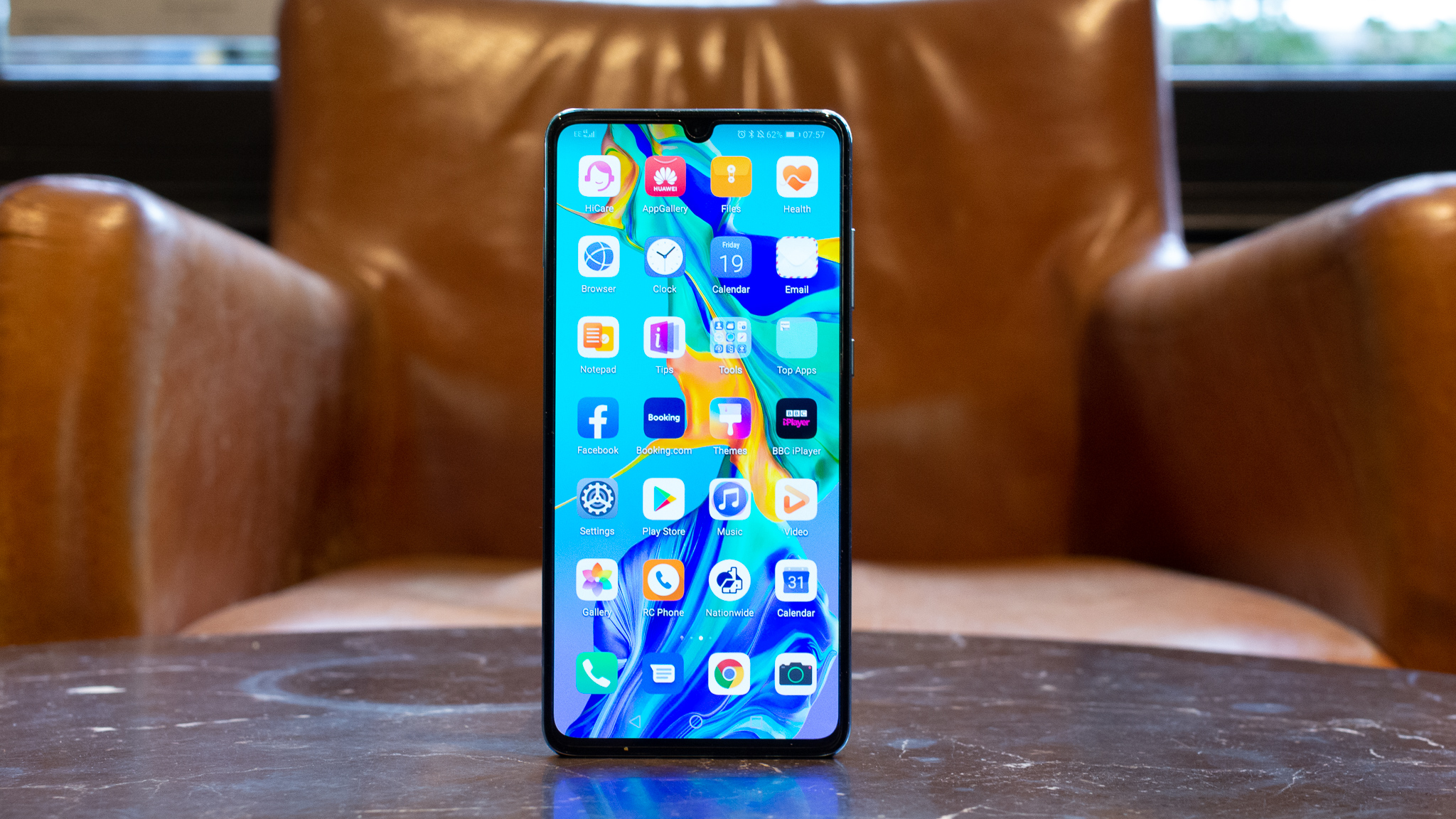
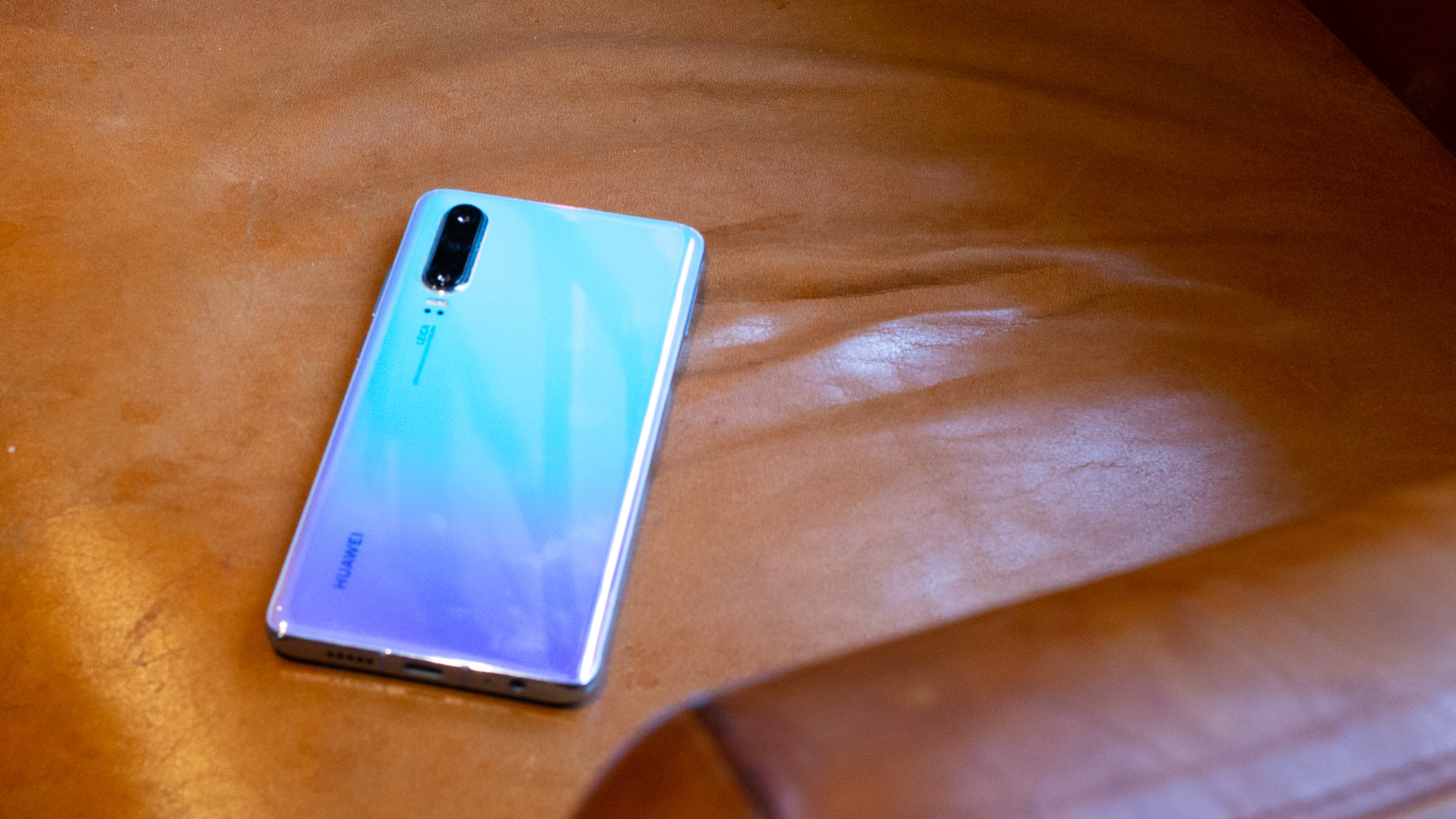
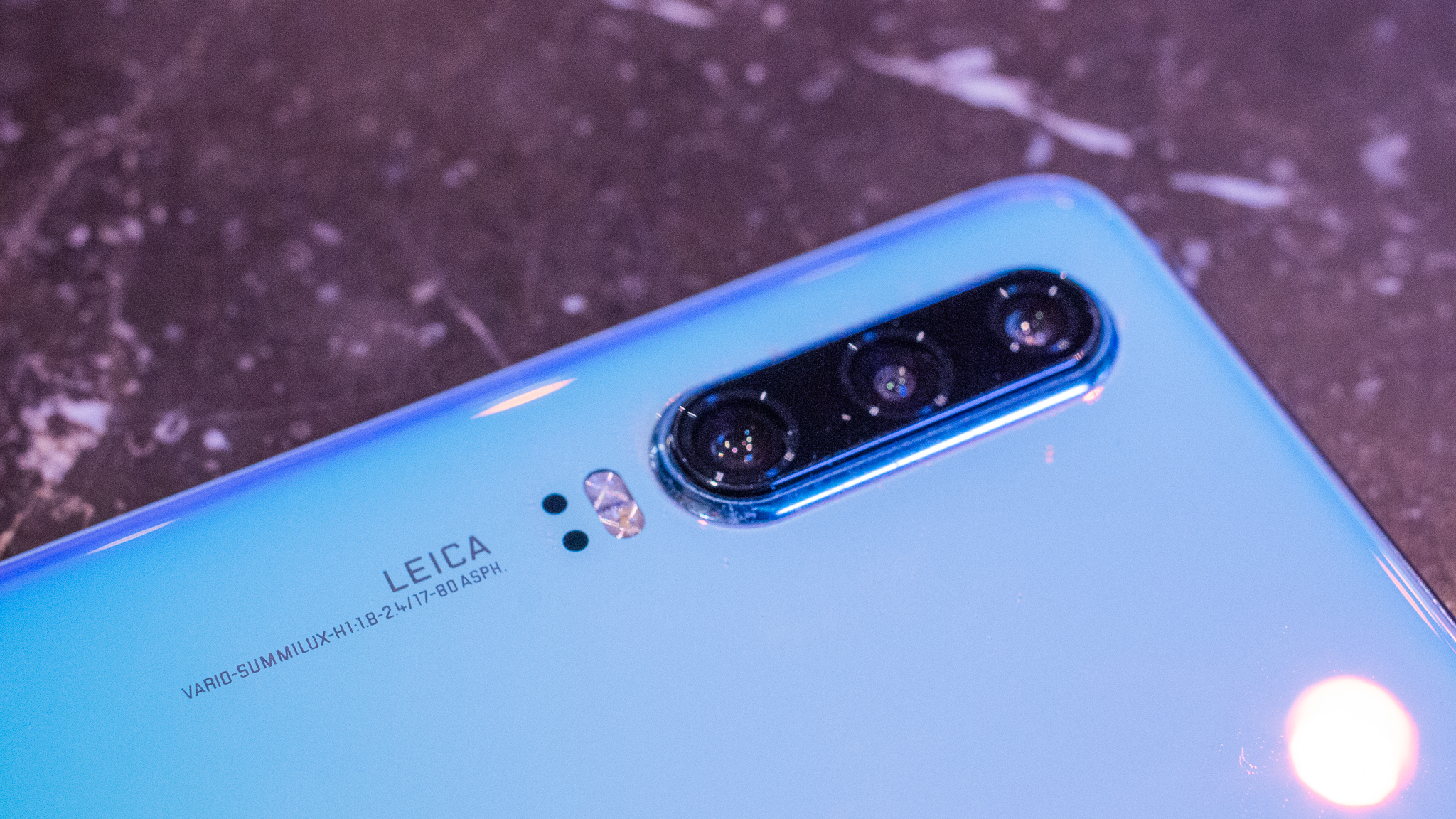
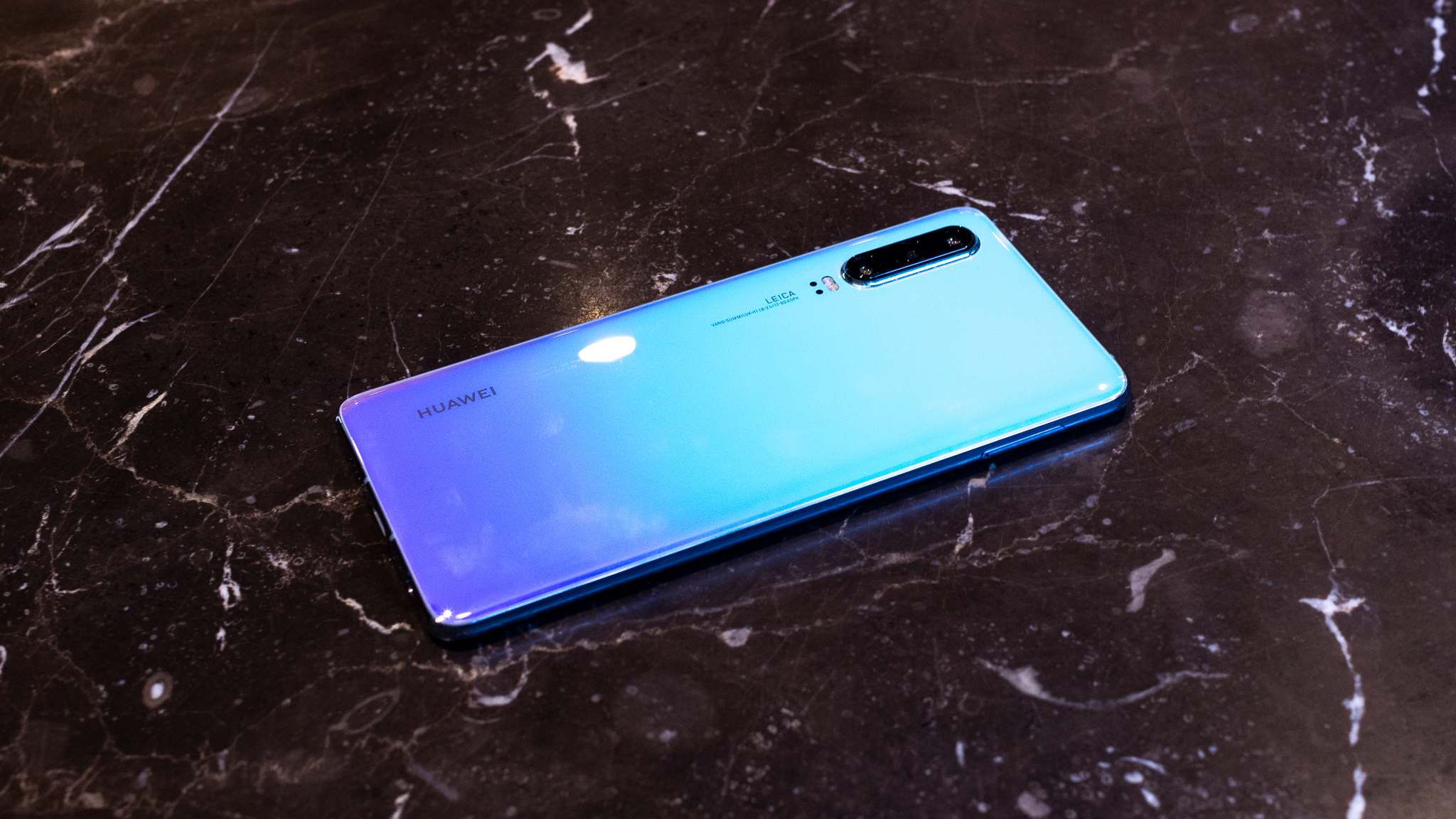
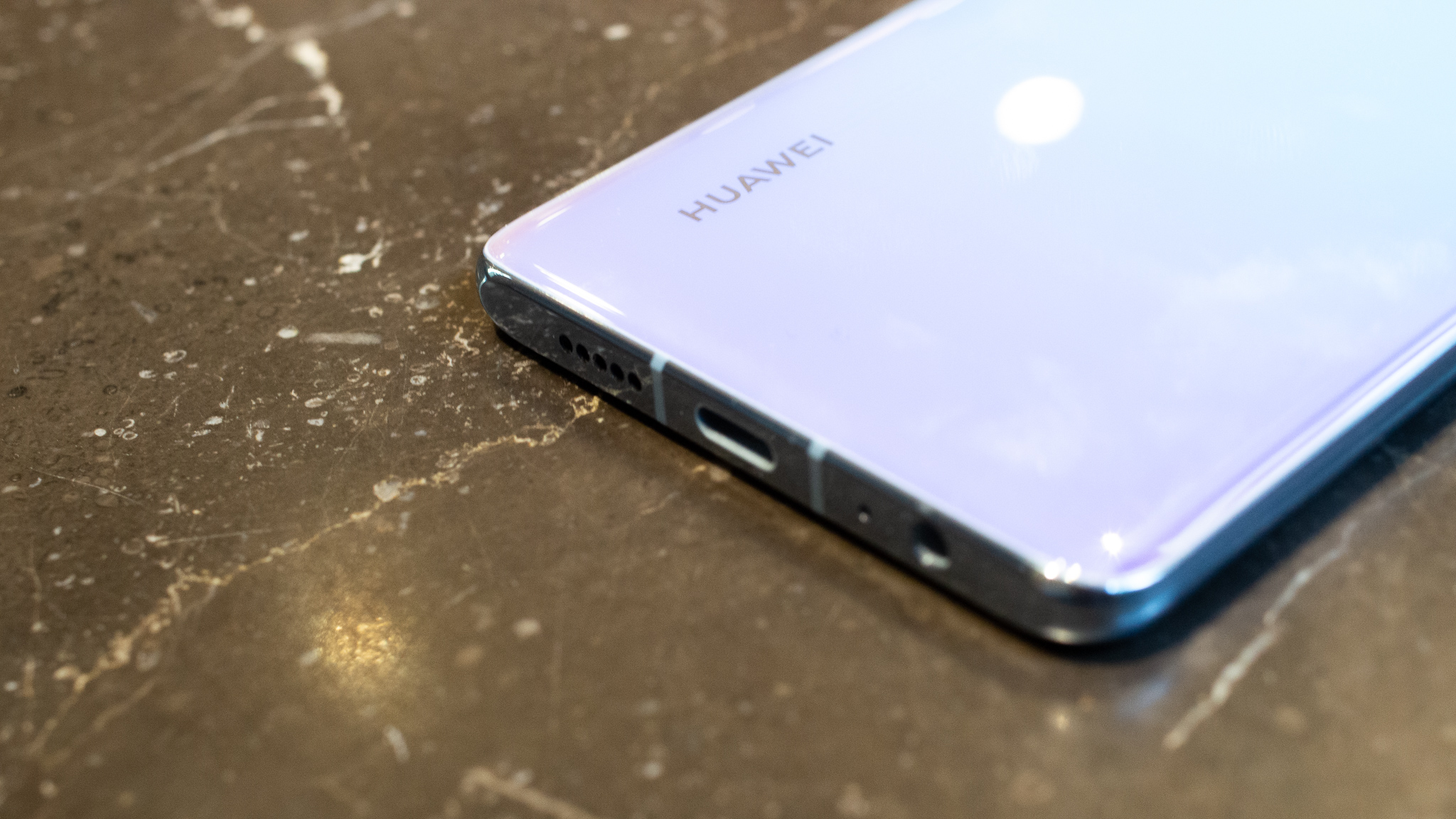
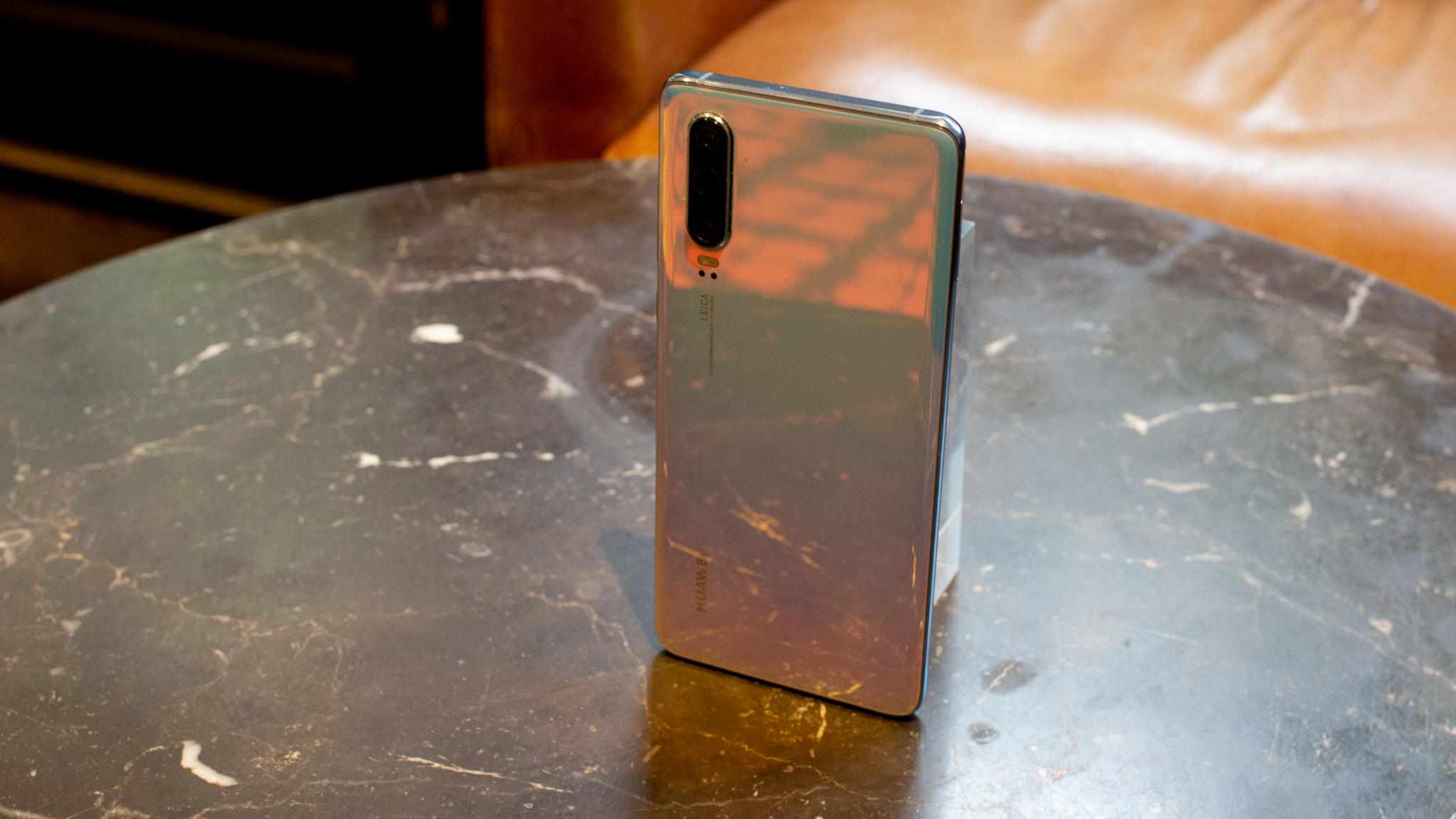
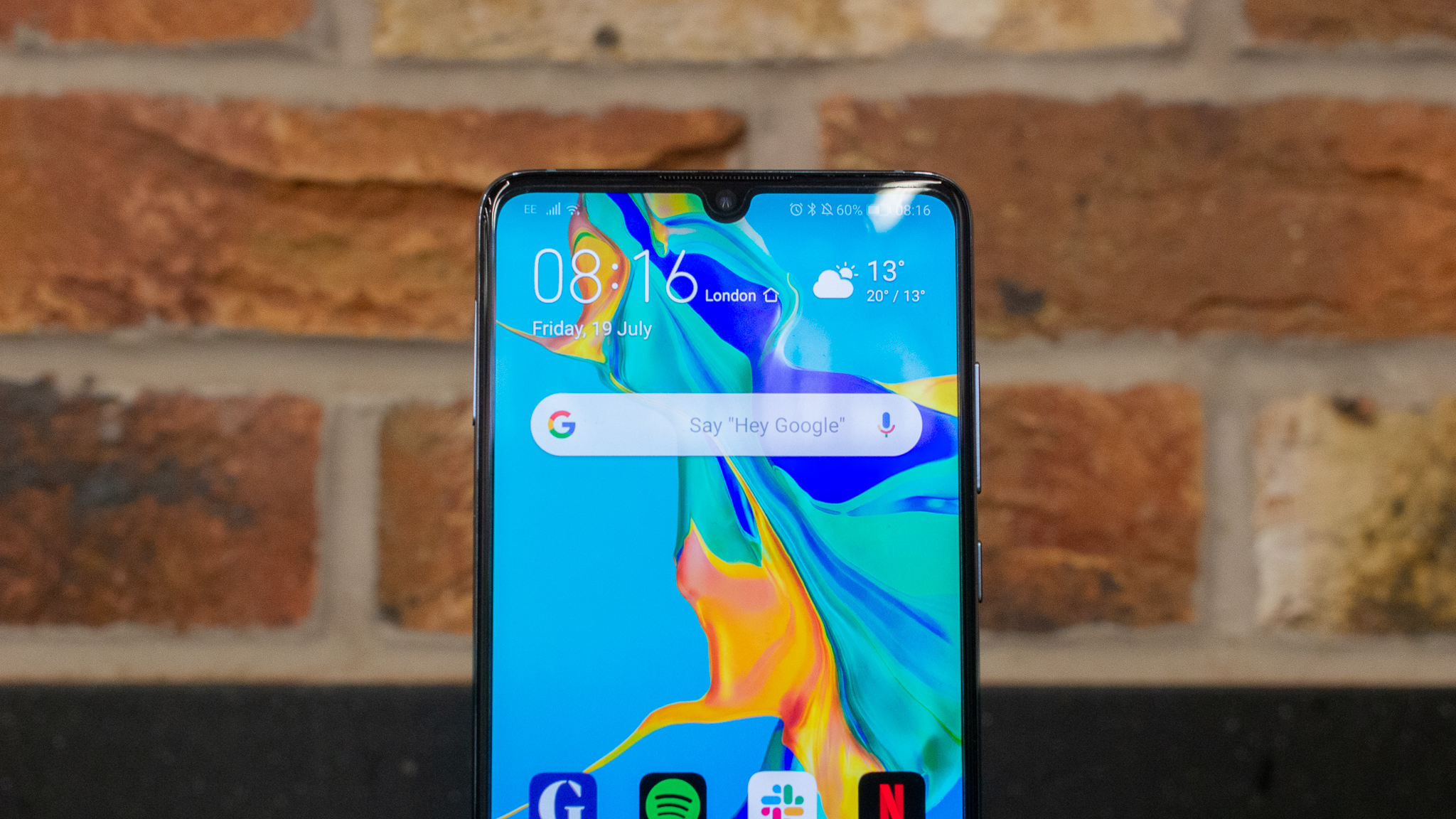
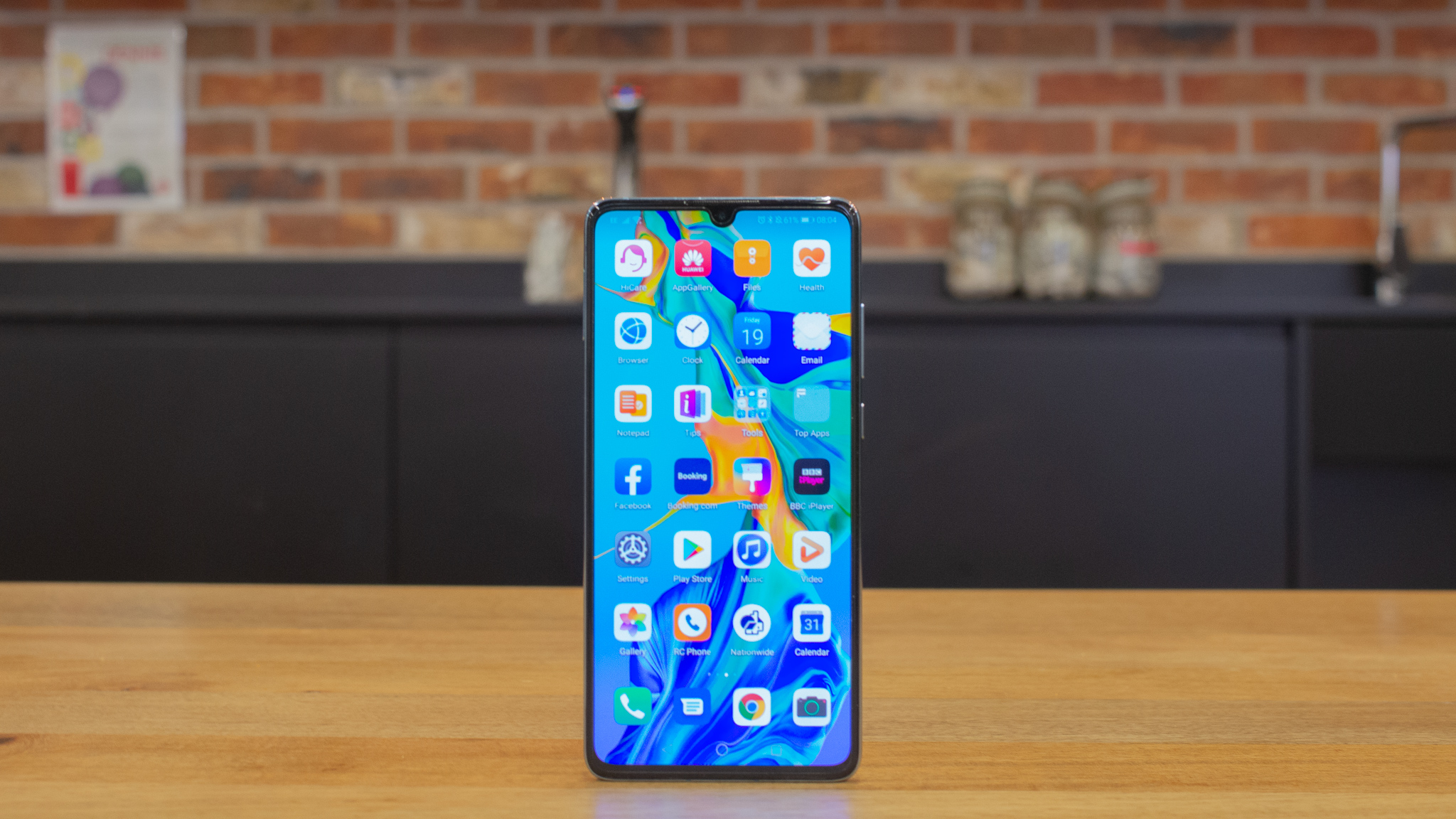
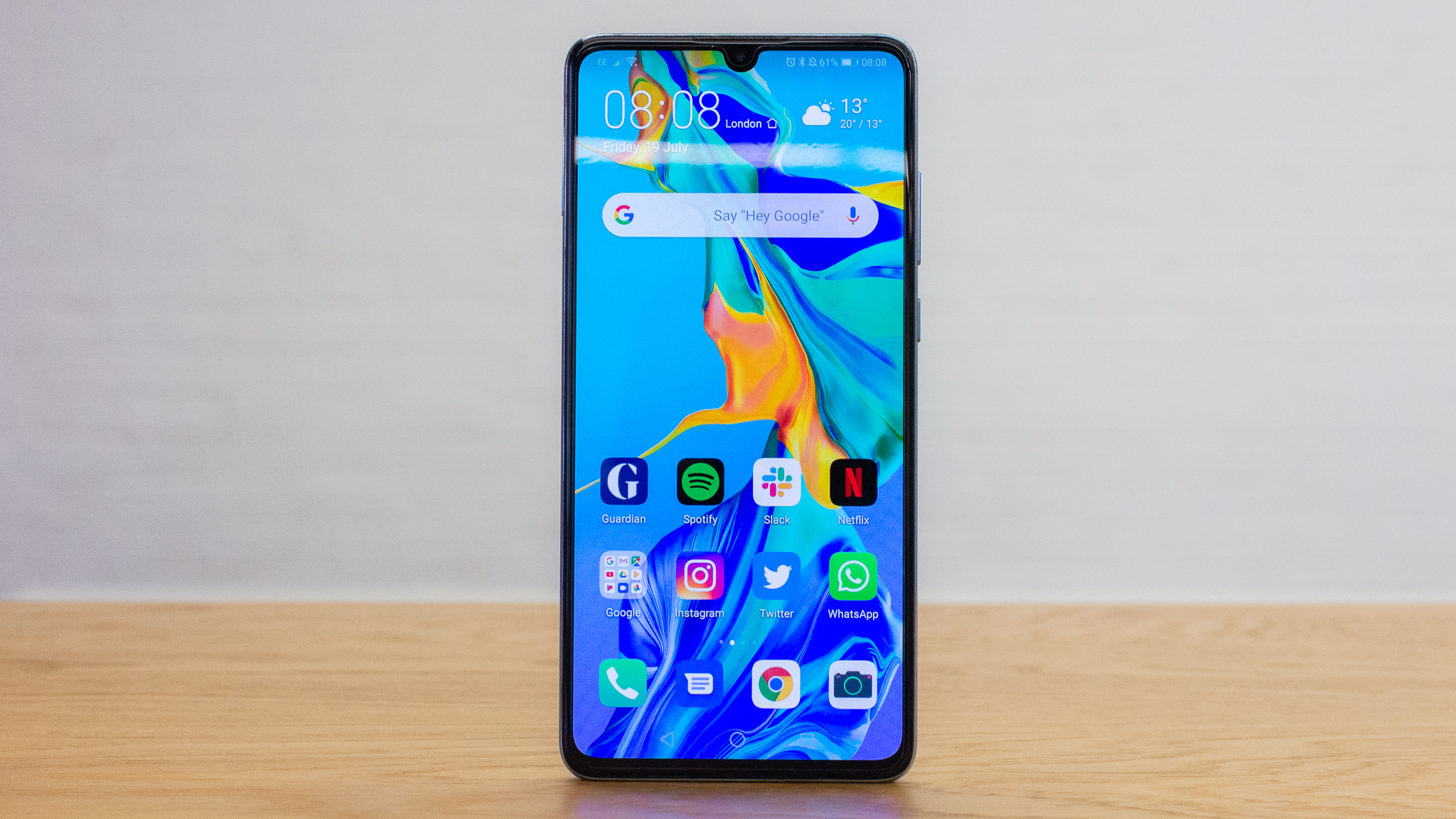
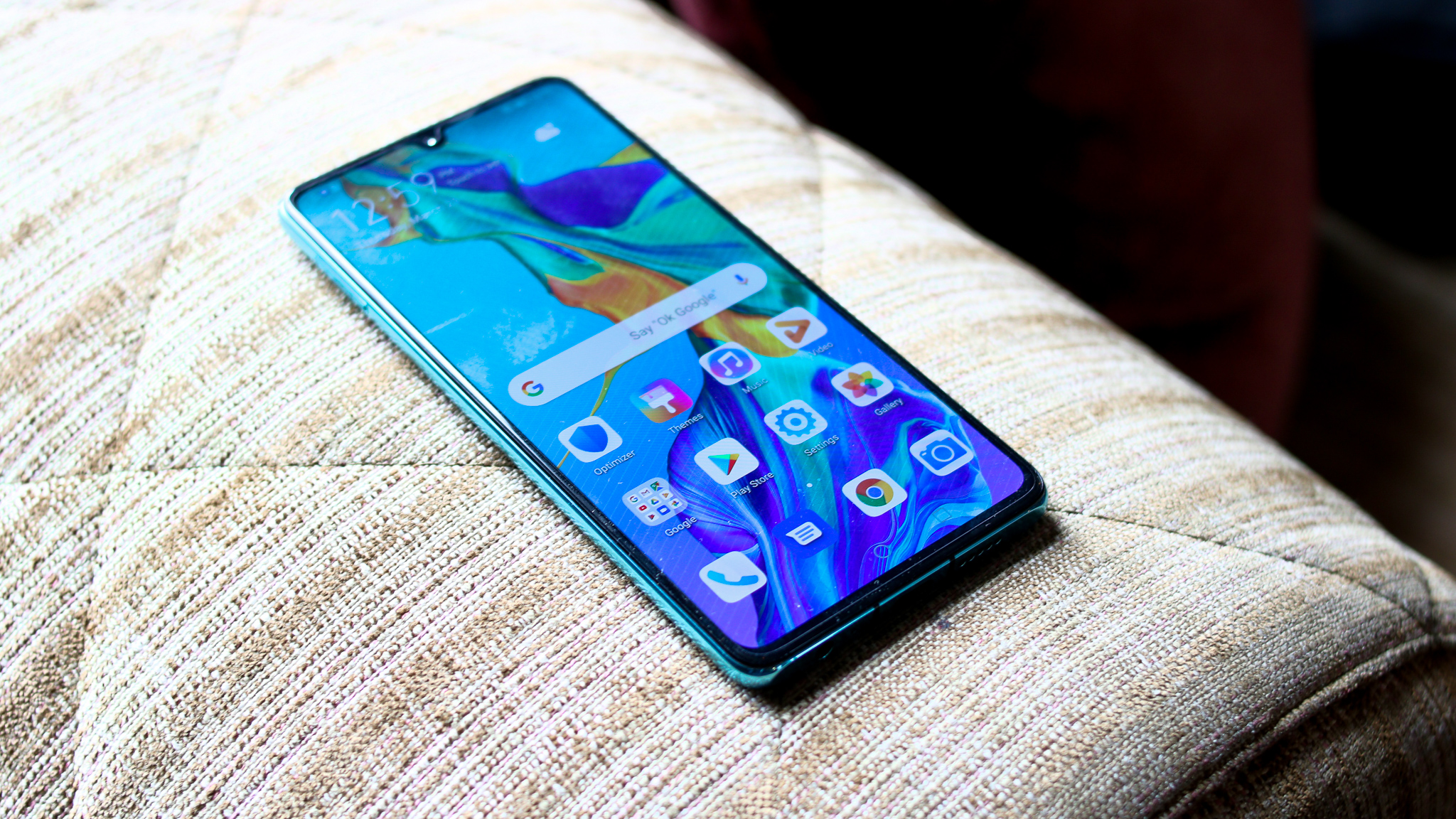
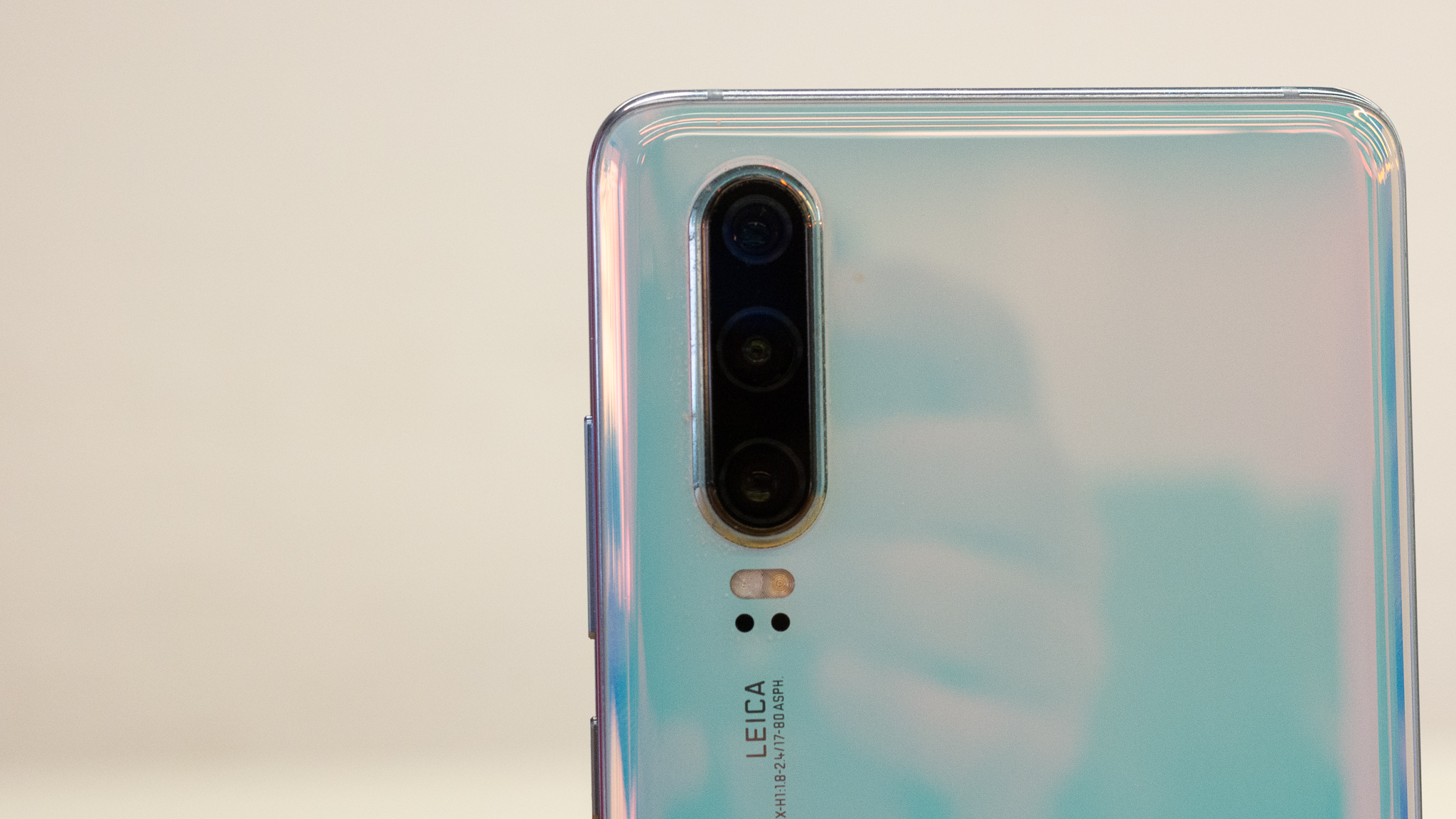
Does Huawei work with the Chinese military? It's an odd question to ask yourself when buying a smartphone, but this is where the world is at in 2019. The US government has effectively banned American firms from trading with Huawei (requiring a specific license from the Department of Commerce) over fears its 5G infrastructure poses a national security risk. This has inadvertently impacted its smartphone business as chipmakers and software providers have, understandably, cut ties with the telecoms giant. It's an odd outcome, especially when you consider the fact Huawei doesn't even sell phones in the US. It's also a great shame, as it produces handsets like the P30 Pro, which we rated as a five-star smartphone.
One place it does export handsets (and quite successfully too) is Europe. Since launching the P20 and P20 Pro in 2018, Huawei has gobbled up a large section of the market, eating into Apple and Samsung's duopoly despite shrinking demand for new smartphones. In essence, the latest instalment of Huawei's P-series, the P30 is fighting slowing demand and a ban from one of the most powerful countries in the world. We know Huawei has a reputation for building high-quality products, but that's a tall order for any company...
Huawei P30 review: Design
Our first argument for buying a P30 is purely aesthetic - it's absolutely gorgeous. Sure, the screen looks almost identical to every other top-end smartphone launched since Samsung's Galaxy S8, mainly because they all have edge-to-edge displays. You could place all these down in a line and play a challenging game of 'name the smartphone'. The main differentiation is that the P30 went with a tasteful teardrop notch that's cleverly placed under the thinnest speaker we've ever seen.
Where the P30 really stands out though, is round the back, where it's sporting the prettiest chassis around. Admittedly, you might not agree with this if you've opted for the black colour scheme, but our review unit came in the shimmering 'Breathing Crystal', which is a sort of two-tone blue that changes under different lights. There's also a darker 'Aurora' blue which is nearly as nice, but we definitely have a favourite.

The actual body of the device isn't too dissimilar to the Galaxy S10 with its height, depth and width nearly identical, but it's heavier at 165g (the S10 is 157g). Both of these phones are taller and lighter than the iPhone Xs, though. The P30 is a winning combination of stunning colour and minimalistic style. It's very neatly put together; the triple camera array comes in a rounded black bar that sits vertically in the top corner and the Huawei and Leica logos run along the edge under the cameras.
Huawei P30 review: Display
Naturally, the P30 has a smaller screen compared to the P30 Pro, but its 6.1in AMOLED display actually has the same quality as its larger sibling. Both models are FHD+ with a resolution of 2,340 x 1,080 and aspect ratios of 19.5:9. This is a nice touch, not denying customers top quality because they haven't opted for the more expensive model. Last year's P20 seemed like a significantly inferior version of the P20 Pro because it had so much left out.
For colour accuracy, the P30 comes with two colour modes: 'normal' and 'vivid'. Under the 'normal' mode the P30 reproduced 93.8% of the sRGB colour gamut - 'Vivid' mode came back with 91% - which is not only good, it's very close to the Pro at 95.7%. Both are still short of the 99% that the Galaxy S10 boasts, but that's really at the top of the charts for quality - so there's no shame in it. Also, we're talking about very high standards; the colours on the P30 screen are stunning, and the photos you capture on the camera will not be let down by the display. For brightness, it peaks at around 330cd/m2, but we found it struggled in bright conditions.
Huawei P30 review: Specs and Performance
We've now reached a stage in the smartphone era where the levels of processing power are so excessive that very few people ever use the full computational ability of their device. There really isn't any point in going for number one in that department as most top-end flagships have plenty of juice to spare. The P30 is running on the same Kirin 980 Octa-core Processor as the P30 Pro and Mate 20 X, just with 6GB of RAM and 128GB of storage - further signs that it's not a 'lesser' model to the Pro.

In our GeekBench tests, the P30's CPU performance notched up single-core scores of 3,621, with 9,587 for multi-core. These are great, but these scores mean less and less each year as hardly any devices these days feel slow or sluggish in real-world usage. The P30 is smooth, responsive and holds up well with multiple apps and operations. The best way to judge power these days is value for money and the OnePlus 7 wins here. It's the cheaper option, offering slightly better benchmarks at 3,531 for single-core and 1,1214 for multi-threaded tasks.
Huawei P30 review: Features
As with every flagship smartphone released in the last two years, there's biometric security on the P30, with both a fingerprint reader and facial recognition. The latter is very quick but does seem to stall in bright conditions - which we suspect is more of an issue with the front camera. The fingerprint reader is ultrasonic and super sensitive; it takes a second to read your digit and a fraction of that to open. We found it also worked on an infant's tiny finger (once we got them to stay still for long enough).
A big feature for Huawei handsets and laptops this year is One Hop, which allows users to share and curate content from phone to laptop with a simple tap upon an NFC tag. It works seamlessly, for instance, taking a photo from the handset and uploading it to a laptop is quicker than sending it via text, but it's exclusively available on Huawei devices. If you don't have a MateBook, it's just a useless extra for your phone.
For connections, the P30 has the standard USB Type-C port for charging and audio, but, amazingly, it's also brought the 3.5mm headphone jack back from the dead. It's still very much on the way out, but it's got one last hurrah on the P30.
Huawei P30 review: Battery life
Battery life is actually very good. We don't mean to sound surprised, but the P30 was fitted with a 3,650mAh battery. That's much smaller than the 4,300mAh one in the Pro, yet the scores aren't that far off. The P30 managed 18hrs 32mins on our looped video tests, which is three hours off the Pro but nearly two hours more than the S10.

Over 18 hours is a good result, but real-world battery life may depend on the individual as excessive use of certain apps will drain it much quicker than our tests. We found it made it from dusk to dawn with no problems, but wireless charging wouldn't have gone a miss - something which is included on the P30 Pro.
Huawei P30 review: Cameras
In recent years, cameras have become the main selling point for Huawei phones, along with most other brands. This is aided by its ongoing partnership with Leica. Now, the P30 isn't as impressive as the Pro - there's no super 10x optical telephoto camera - but it is still packing a lot of quality in this area.
The main camera has a 40MP sensor, which is also used on the Pro. This features the "Super Spectrum" technology which Huawei says improves low-light performance. It's to do with how it absorbs light by using an RYB (red, yellow, blue) filter rather than the usual RGB (red, green, blue) one - yellow is better than green, according to Huawei, because they take in more red pixels, which help take in more light. This is most noticeable when taking pictures in the dark where the filter gradually adds light to it. It's a nice feature, great for getting that extra detail in dark rooms or shadows, although sometimes the images can be a bit grainy.
Next is a 16MP ultra-wide snapper with an aperture of f/2.2. The Pro has a 20MP camera with the same aperture and as such, images from both are hard to differentiate. There's also a 32MP selfie camera, which is more than enough (for what it's used for). As mentioned, the big difference is the telephoto camera, with the P30 only having a 3x optical zoom. The cameras on the Pro are ridiculously good and although it hasn't got top-drawer specs in this department, the P30 has got enough of everything else to be a match for anything else on the market - the Google Pixel 3 is arguably better, but not by much.
Huawei P30 review: Verdict
At 699, the P30 isn't exactly cheap, but it's a reasonable price considering what it's up against. Less than the Galaxy S10 - considerably less than the iPhone Xs - but more expensive than the OnePlus 7, as most top smartphones are. It looks better, feels better and, arguably has superior features and battery life, but right now we can't fully recommend it due to the trade ban.

Google initially announced it would comply with the US government ban and stop supplying the Android OS to Huawei. There has been a slight backtrack with this and the word now is that Huawei phones will have the next version of Android (codenamed Android Q). So Huawei has time to find a solution, and we hope it does - because the P30 is simply too good to ban.
Specifications
| Processor | Octa-core Kirin 980 |
| RAM | 6GB |
| Screen size | 6.1in |
| Screen resolution | 1,080 x 2,340 |
| Screen type | AMOLED |
| Front camera | 32MP f/2.0 |
| Rear camera | 40MP f/1.6, 16MP f/2.2 ultrawide, 8MP f/2.4 3x telephoto |
| Dust and water resistance | IP53 |
| 3.5mm headphone jack | Yes |
| Wireless charging | No |
| USB connection type | USB Type-C |
| Storage options | 28GB |
| Memory card slot | Yes |
| Bluetooth | 5.0 |
| NFC | Yes |
| Cellular data | Yes |
| Dual SIM | No |
| Dimensions (WDH) | 149.1 x 71.4 x 7.6mm |
| Weight | 165g |
| Operating system | Android |
| Battery size | 3,650mAh |
Get the ITPro daily newsletter
Sign up today and you will receive a free copy of our Future Focus 2025 report - the leading guidance on AI, cybersecurity and other IT challenges as per 700+ senior executives
Bobby Hellard is ITPro's Reviews Editor and has worked on CloudPro and ChannelPro since 2018. In his time at ITPro, Bobby has covered stories for all the major technology companies, such as Apple, Microsoft, Amazon and Facebook, and regularly attends industry-leading events such as AWS Re:Invent and Google Cloud Next.
Bobby mainly covers hardware reviews, but you will also recognize him as the face of many of our video reviews of laptops and smartphones.
-
 Westcon-Comstor and Vectra AI launch brace of new channel initiatives
Westcon-Comstor and Vectra AI launch brace of new channel initiativesNews Westcon-Comstor and Vectra AI have announced the launch of two new channel growth initiatives focused on the managed security service provider (MSSP) space and AWS Marketplace.
By Daniel Todd Published
-
 Third time lucky? Microsoft finally begins roll-out of controversial Recall feature
Third time lucky? Microsoft finally begins roll-out of controversial Recall featureNews The Windows Recall feature has been plagued by setbacks and backlash from security professionals
By Emma Woollacott Published
-
 The UK government wants quantum technology out of the lab and in the hands of enterprises
The UK government wants quantum technology out of the lab and in the hands of enterprisesNews The UK government has unveiled plans to invest £121 million in quantum computing projects in an effort to drive real-world applications and adoption rates.
By Emma Woollacott Published